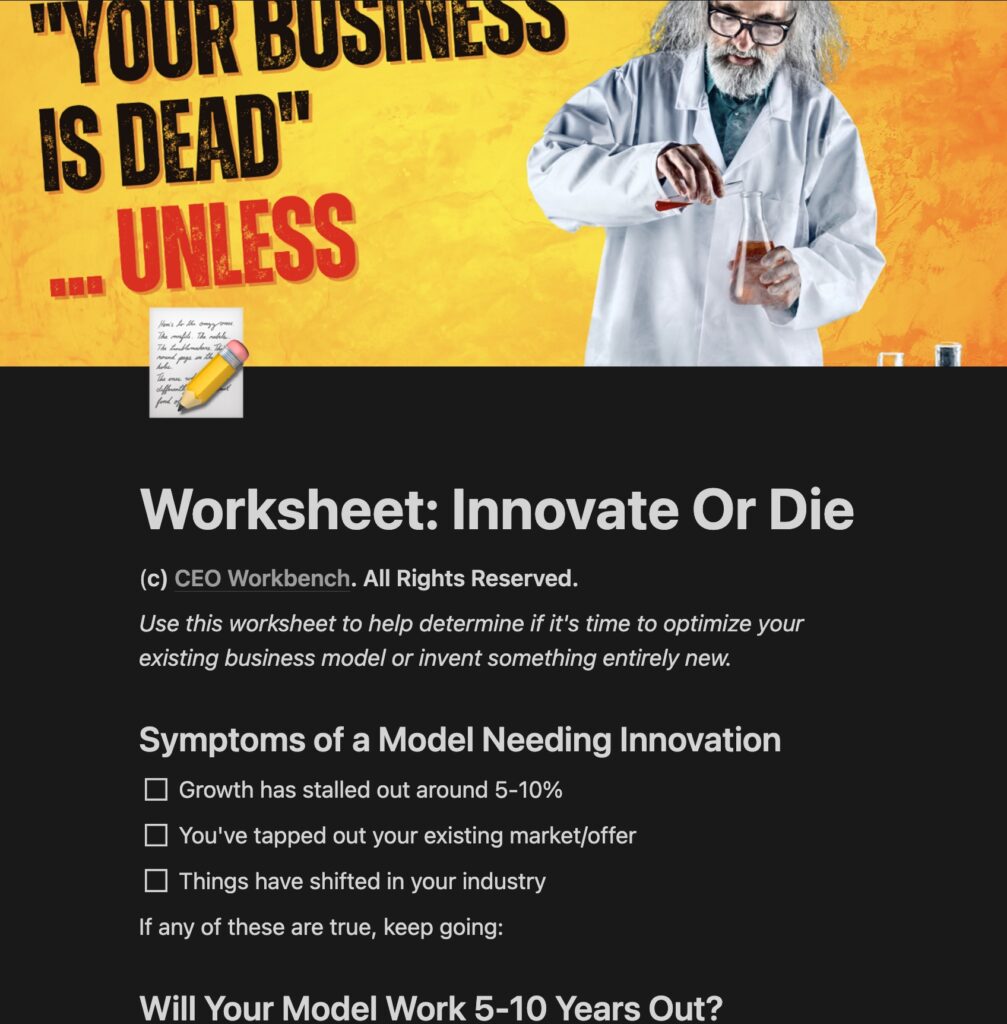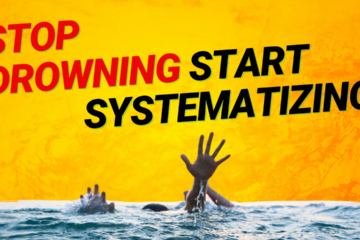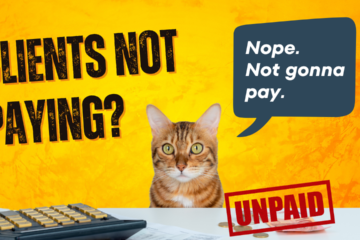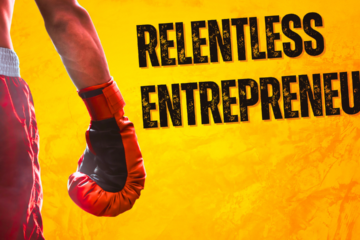My friend John’s business is dead. He just doesn’t know it.
He runs an agency that’s headed straight for irrelevance as AI tools improve month over month.
Growth was decent in the past years. But now it’s stalled.
Should he double down and tweak the existing model? Or is it time for something completely new? New offer? New product? New business?
His dilemma will be yours sooner than you think.
And it could determine whether your business survives the next decade.
When 20% Growth Goes Missing, It’s Time to Innovate
In the early days of your business, growth was easier. You figured out to go from nothing – to something. But lately, you’re justifying that “things are fine” when revenue creeps up 5%.
“If I can just increase 5-10% per year that’s great”
No, it’s not.
That’s a warning sign of irrelevance.
It means you’ve tapped out your existing market or existing offer. Things have shifted around you.
Is your current business model is doomed? Maybe, maybe not. But the writing is on the wall that it needs a serious revision.
You may be able to revive growth by making tweaks, like:
- Embracing new technology to enable delivery
- Moving upmarket and targeting bigger customers
- Tapping into an adjacent niche you’ve ignored until now
- Optimizing your sales and marketing process
But incremental fixes may only buy you time. To thrive instead of wither, you may need to shake it up more:
Will Your Model Survive the Future?
Let’s do a thought experiment. Fast forward 5-10 years into the future. Will your current business model still work?
I did this with John, now let’s do this together. Here are some big picture trends to consider:
- How customers buy is changing. More buying happens online. Buying cycles are faster. Loyalty is fragile as customers try new options. Are you keeping pace? Are you giving customers reasons to try you for the first time? To stick with you?
- New competitors are emerging. Low cost SaaS tools can replace entire services businesses. AI is automating complex tasks. New competitors with novel models will keep coming. How defensible is your niche? Your delivery model? Are you working to disrupt yourself before someone else does it?
- Customer needs are evolving. With more options than ever, customers demand superior experiences. They expect transparency and alignment with their values. Are you exceeding these rising expectations?
Be brutally honest with yourself. If your current model stays unchanged, will it survive these changes?
Beware the Risks of Building Something New
Revolutionizing your model with big moves sure sounds appealing. Hey, we’re founders and “entrepreneurial ADD” is part of what got us here.
No doubt the idea of a fresh start and faster growth sounds appealing.
John and I have talked about this often over the years- should he start something else in parallel? Even before the existential threat this was an idea.
But … the grass is always greener. But don’t underestimate the risks and challenges:
- Proving demand again – you’re back at square one trying to find product-market fit. You did it once with your existing business – but might not realize how rare that is. Not impossible – but it’s actually really hard.
- New competition – competing with others who are further ahead in the new space. You’ve got a whole new set of competitors. Some of us love the fight (I’m guilty as charged) – but be prepared to learn a whole new landscape. It’ll be fun. But complacency isn’t an option.
- Sunk costs – shelving existing assets that have taken time and money to build. Kill your darlings. You may think you’ve got a great process that delivers for customers. Fantastic. It won’t work tomorrow. Decide: rest on your laurels and risk irrelevance, or throw away work you did because it won’t serve you tomorrow.
- Morale – employees may resist abandoning the model they know. You’re the leader, and leading through change is hard. You might need to look for some new team members who can look to the future.
- Focus divide – split attention between old and new can spread you thin. It’s hard to focus on more than one business model, but it’s the price of future proofing. Again, it’ll be work.
- Cash burn – financing the new efforts until revenue catches up. Innovation isn’t free. You’ll spend time and money. You can view it as “insurance” for your future business. Do you want to go uninsured and save a little today? Or invest for tomorrow.
This isn’t to discourage you, it’s to make sure you’re going in with your eyes open. Future proofing isn’t free.
But it may be the one thing between your business and irrelevance.
I can’t tell you what to do. It’s your business. Put on your big girl pants and make a decision.
Get Back to Business Fundamentals
I walked through John this thinking model that will help:
Before choosing innovation or optimization, take a step back. Revisit the core of your business:
- Where is the proven demand? Forget assumptions. Talk to real and potential customers about what they truly want and need. What gets them excited?
- What value are you building? How does your product or service create value in customers’ lives? Are there new ways to expand that value? Other ways to serve it with technology?
- What lights your fire? Which path gets you jazzed every morning – improving the existing or creating something new? You’ll need to put in serious focus, so dreading the journey will only make it harder.
- Which builds the better asset? Will one business model ultimately be more valuable if you wanted to sell the business? Keep the big picture in mind: building an asset for yourself, not a job.
The right choice will become clear if you ask the right questions.
It helped John clarify and make a decision.
When in Doubt, Run Experiments
Still can’t decide if it’s time to tweak or reinvent? Here’s where we landed with John’s business: run experiments.
- Come up with a few hypotheses about what could work.
- Test demand for the new model before going all in.
- Keep the existing business humming while you validate and build up the new.
- Once the new shows more promise, gradually shift focus. Manage both models under one roof, or split into two companies.
Tests and small scale experiments reduce risk. They help you make decisions based on real market feedback.
Sure, it’s messier than choosing just one path. But it boosts the odds you’ll end up on the right track.
The future is scary only if you haven’t planned for it. This is your wake-up call. And I want to give you a worksheet and process for doing this in your business: The Innovate or Die worksheet. Get a copy at the CEO Workbench: ceoworkbench.com



